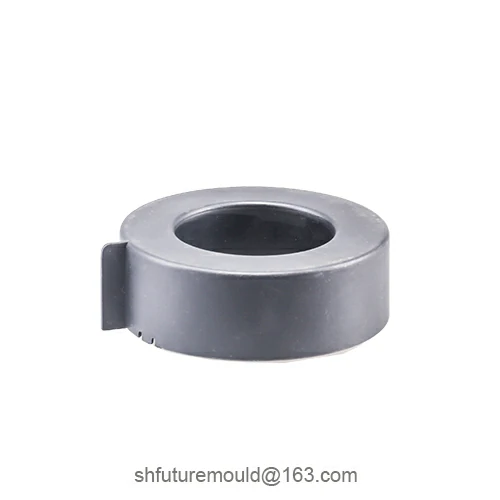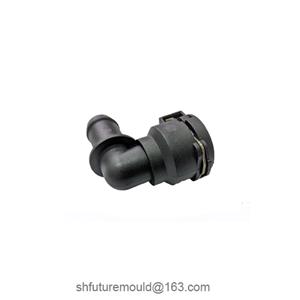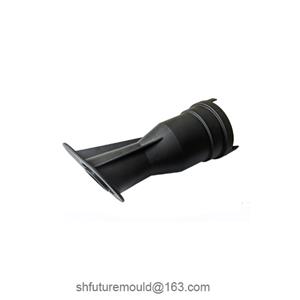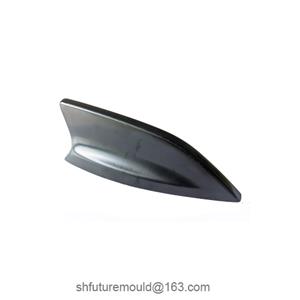Design Requirements for Ejection Systems in Robotic Applications
Design Requirements for Ejection Systems in Robotic Applications
When designing ejection systems for robotic part removal, the following requirements must be prioritized:
1. Uniform Force Distribution and Mechanical Balance
Requirement: The ejection system must distribute thrust evenly to avoid product deformation or scratches caused by localized stress.
Design Guidelines: Precisely calculate ejection forces, rationally determine the positions and quantity of ejection points, and adopt symmetrical or zonal ejection layouts to ensure balanced force distribution.
2. Synchronization with Robotic Operations
Requirement: The ejection system must align with the robot’s gripping system and motion trajectory, enabling smooth and accurate transfer of the product into the robot’s working range.
Design Guidelines: Simulate the robotic pickup process during the design phase. Analyze the product’s post-ejection trajectory and orientation adjustments to ensure seamless coordination between ejection, transfer, and gripping.
3. High-Speed, Stable Motion Mechanisms
Requirement: The ejection system must deliver rapid response and high repeatability while maintaining stability during high-speed operation.
Design Guidelines: Use wear-resistant materials, high-precision guide mechanisms, and proper lubrication. Implement regular maintenance to prevent loosening or deviations during prolonged use.
4. Adaptation to Product Characteristics and Process Demands
Requirement: Ejection force magnitude and application methods must be customized based on product geometry, material, and wall thickness.
Design Guidelines: Conduct trials and simulations to determine the minimum required ejection force for each product region. For complex or delicate products, consider flexible or staged ejection strategies to reduce impact.
5. Ease of Maintenance and Adjustment
Requirement: The ejection system should feature modularity, easy disassembly, and adjustability for quick troubleshooting and modifications in production.
Design Guidelines: Standardize components and incorporate adjustable structures to enable rapid part replacement or calibration, minimizing downtime.
- Injection Mold
- Automotive Injection Mold
- Electronics & Electrical Injection Mold
- Consumer Goods Injection Mold
- Airplane Components Injection Mold
- Medical Components Injection Mold
- Irrigation Components Injection Mold
- Injection Molds




